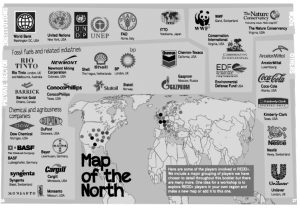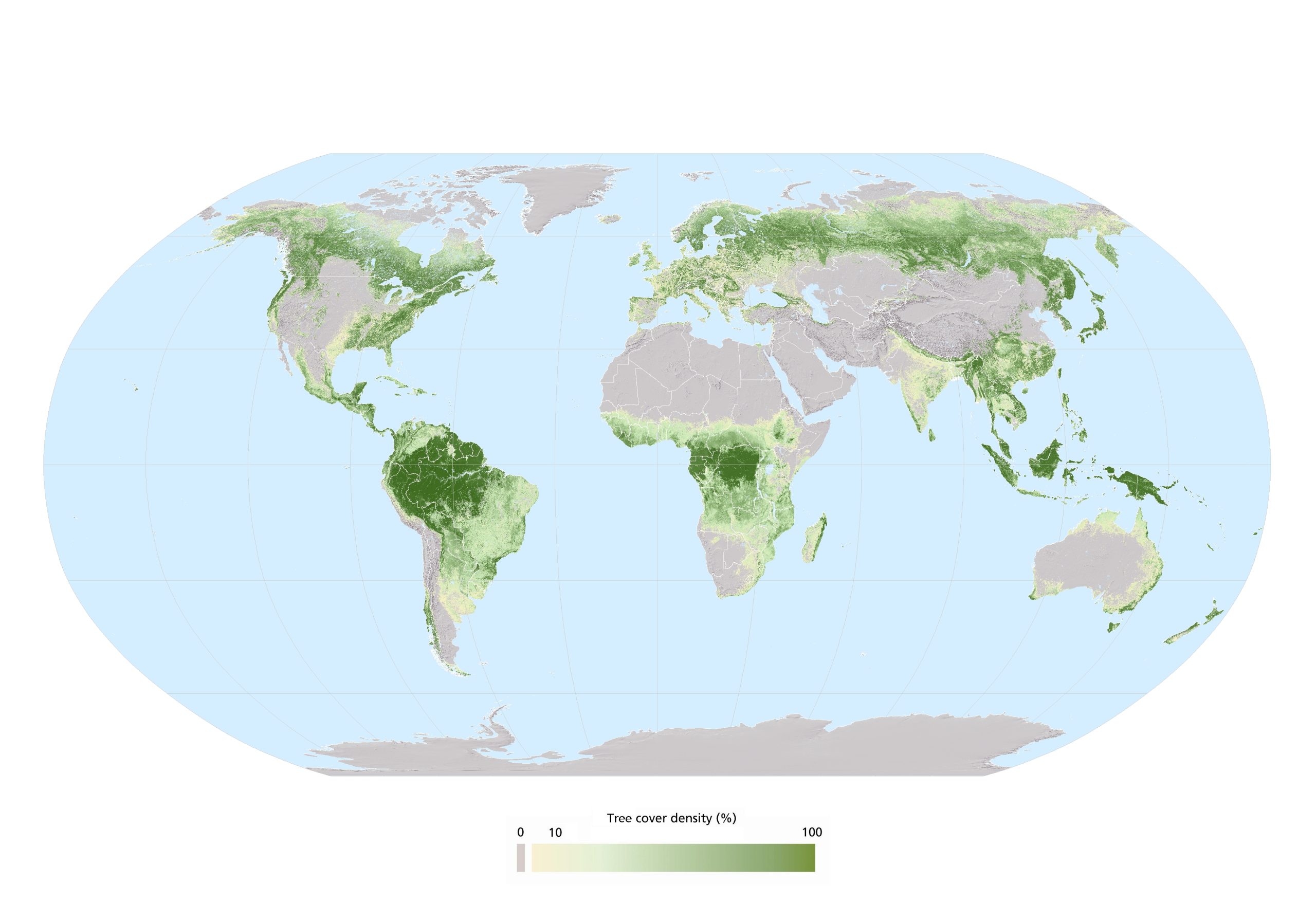4
REDD, like carbon trading, is a false solution to climate change that is promoted by the United Nations, the World Bank and climate criminal corporations such as Shell17, Chevron and Rio Tinto18. It allows polluters to continue to burn fossil fuels without any obligation to reduce their emissions at source. While REDD may be claimed to stand for ‘Reducing Emissions from Deforestation and forest Degradation’, in practice REDD really means Reaping profits from Evictions, land grabs, Deforestation and Destruction of biodiversity.19 REDD constitutes a worldwide land grab and gigantic carbon offset scam. Even the United Nations admits that REDD could result in the “lock-up of forests,” “loss of land” and “new risks for the poor of the world.”20
And when might the floodgates of this onslaught be open?
The year 2015 is when the legally binding Paris Agreement will be signed at the United Nations World Climate Summit. The post-2015 development agenda has already been endorsed by member states in September during the United Nations General Assembly. These two major international frameworks advance the controversial Green Economy agenda which has been rejected by many civil society groups because it promotes the financialisation of nature through the use of REDD and other market-based schemes.
Implementation of the Paris Agreement will most likely begin in 2020. However, the New York Declaration on Forests adopted at the UN in 2014 calls for REDD before and after 2020. “Bankability” of carbon credits may allow for REDD credits to be accumulated in the coming years while they are relatively cheap, stockpiled or “banked” and then used when implementation is in full swing.
The principal REDD promoters include industrialized countries like Norway, the European Union, the United States, Australia, Japan, China and Brazil as well the State of California. Alongside national governments, multinational and trans-national corporations from the extractive, logging, agro-chemical, and pulp and paper industries are leading the charge.
The graphic below “Who benefits from REDD? Players and Power” provides a snapshot of who is behind REDD and reveals that far from protecting forests, most REDD promoters are destroying forests and the environment.

Frontlines of REDD in the World
It is helpful to begin to visualize REDD’s expansion in terms of geography. Since REDD initially focused on grabbing control of the world’s forests, it is useful to look at where the principal forest ecosystems are found. It would be important to do a similar mapping exercise with the world’s fertile land, Landscape REDD and Climate Smart Agriculture to calculate the total amount of land that may be grabbed through these mechanisms.
The following map shows where the world’s most important remaining forests are found. All of these forest systems are priorities for the Green Economy, not just in terms of securing the land for REDD credits.

Impacts of REDD
The impacts of REDD in Africa include massive land grabs, carbon colonialism, servitude and carbon slavery, threats to cultural survival, violent evictions, at least one killing, huge plantations, persecution and criminalization of activists, corruption, carbon scams and crooks, and corporate greenwash.
These impacts have been documented by the No REDD in Africa Network in The Worst REDD-type projects in Africa as well as by groundbreaking reports such as the exposé on the N’hambita Project by La Via Campesina, and Timberwatch’s case study of CDM Carbon Sink Plantations in Tanzania.23
It is also worthwhile to review the Friends of the Earth-France’s report on Air France and REDD+ in Madagascar24 since airline REDD offsets are a growing trend and much of the supposed offsetting may be done in Africa.
A study is needed on the comparative costs of establishing and maintaining tree plantations by region to verify if it is cheapest to do such offsets in Africa, and, if, therefore, there is more pressure to grab land for REDD and to “tree-ify” Africa than other regions. In this regard, the GPL REDD Report anticipates that a large part of REDD is expected to happen in Africa.25
The No REDD In Africa Network research indicates that the Congo Basin (Cameroon, Democratic Republic of Congo, Congo, Central Africa Republic), Uganda, Madagascar, Kenya, Tanzania and Mozambique are some of the key frontlines of REDD in Africa.
